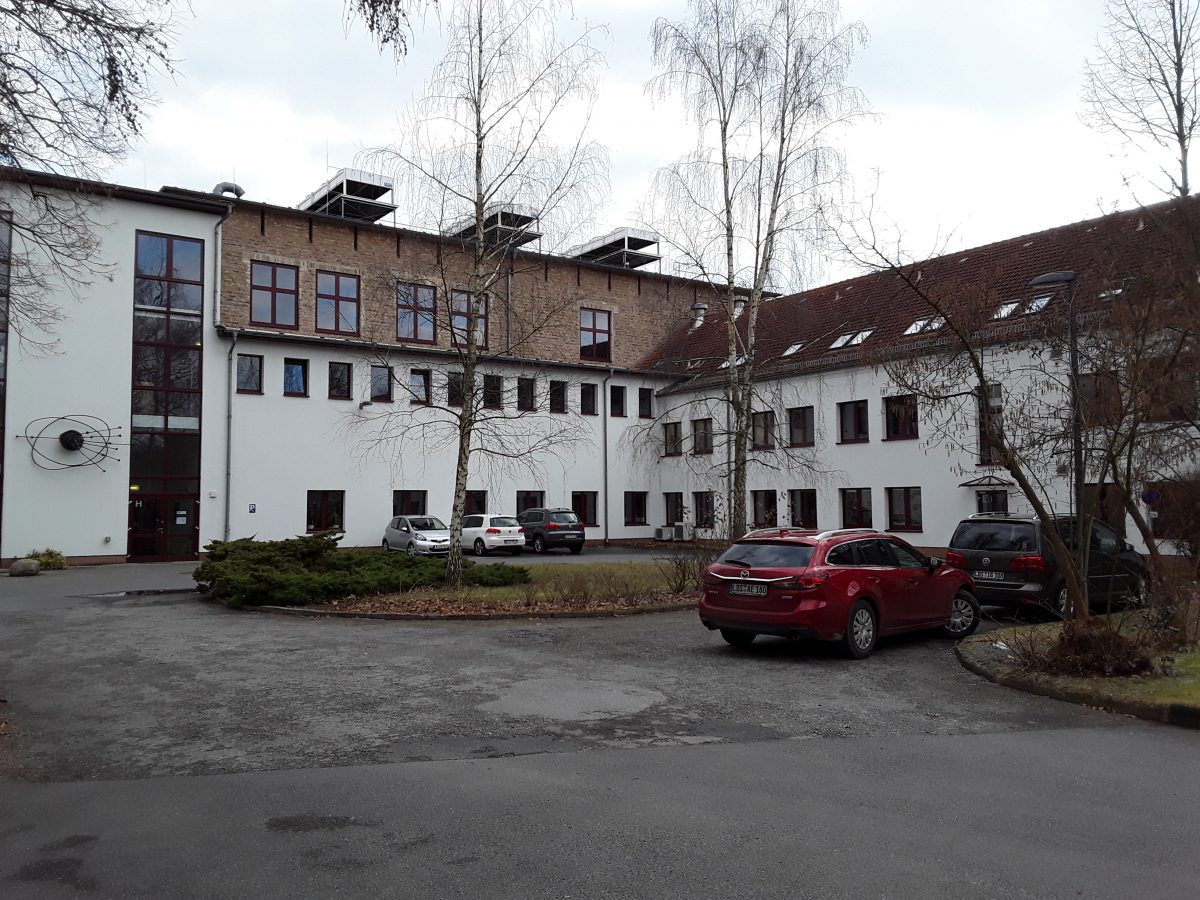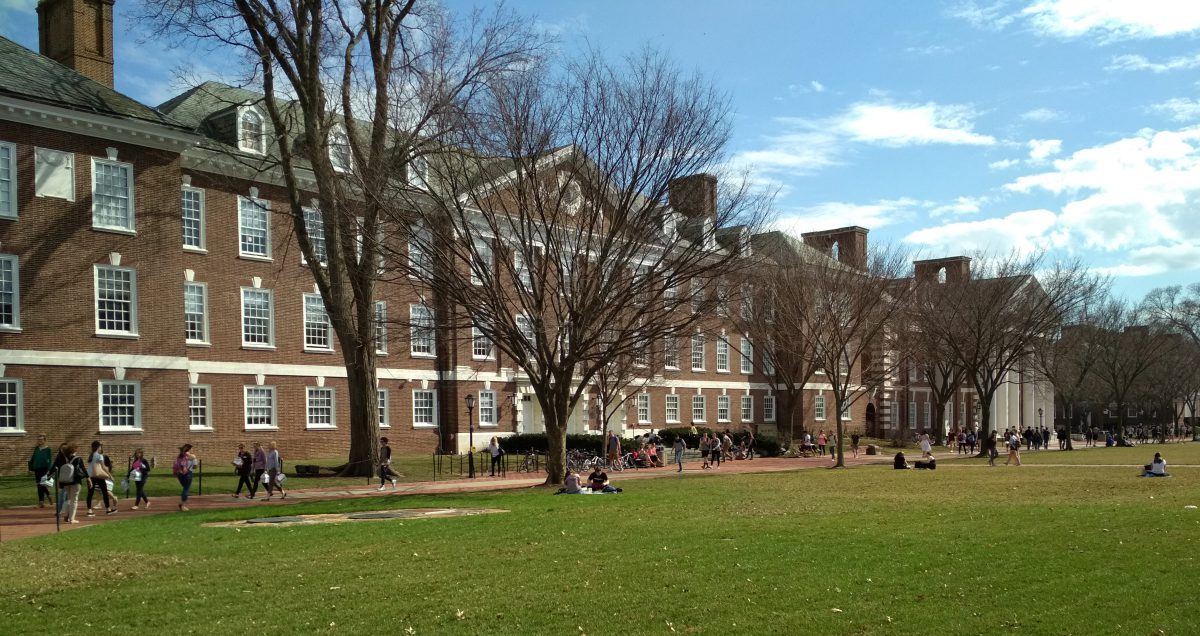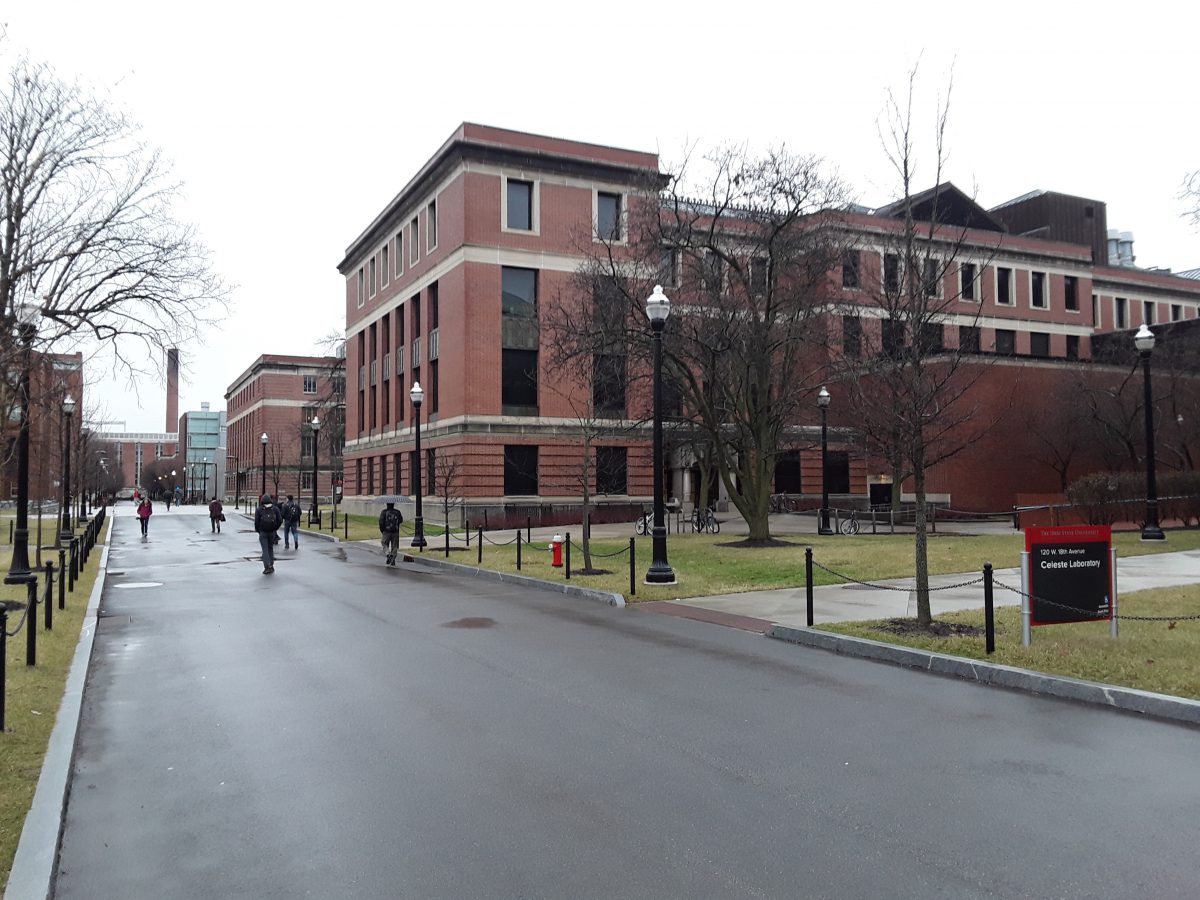Visited DESY Zeuthen where I was hosted by Anna Franckowiak and her group. Spoke at Astroparticle seminar.
Observing time on X-SHOOTER
Seminar at University of Delaware
Spent the last couple days at University of Delaware giving a seminar about supernovae and stellar mergers, and talking to Stan Owocki and others.
Visit at Ohio State University
Spent the last week at Ohio State University discussing stellar evolution, transients, binary stars, asteroids, ASAS-SN, and meeting up with Michał Pawlak, who is visiting OSU for a longer period.
Visit at Columbia University
At Columbia today, discussing shocks and dust in stellar mergers, novae and supernovae with Brian Metzger and Elad Steinberg.
Computing time awarded

We are happy to have been awarded CPU time on the Czech national supercomputing center IT4Innovations to study transients from merging stars. Excited to use the fastest supercomputer in the country Salomon, currently ranking 87th in the world.
The Antesonic Condition for the Explosion of Core-Collapse Supernovae by Raives et al.
Matthias Raives et al. studied transition from accretion to explosion in highly idealized setting of the neutrino mechanism of core-collapse supernovae and in relation to the critical neutrino luminosity of Burrows & Goshy (1993) and extending the previous work of Pejcha & Thompson (2012). Interestingly, in order to properly resolve the vicinity of the critical transition, high simulation resolution is needed.
The full paper is available at astro-ph.
Winter school on astronomical transients
Petr Kurfürst is participating in the 35th Jerusalem Winter School in Theoretical Physics on the Physics of Astronomical Transients. The lectures are recorded and can be accessed on youtube
Expansion of computational cluster
We have been able to expand the Institute computing cluster with one node (2×10 cores), bringing the total core count on new nodes to 80. The node is working fine. Stay tuned for possible further expansions next year!
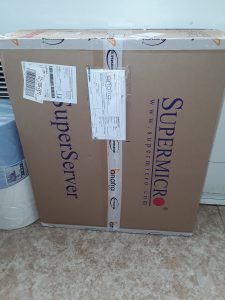
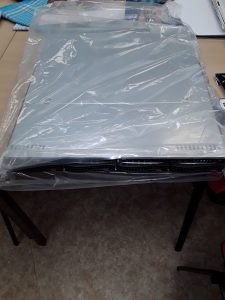
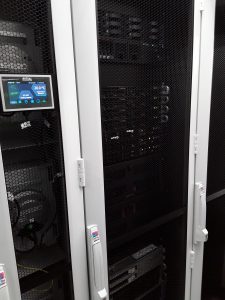

Pre-explosion spiral mass loss of a binary star merger
Paper with Brian Metzger, Jacob Tyles and Kengo Tomida on the best-studied example of stellar mergers V1309 Sco. We explain the pre-maximum behavior as due to runaway increase of mass loss from the outer Lagrange L2 of a contact binary. The resulting spiral stream initially obscures the binary and modifies the light curve. Then, mass-loss rate is so high that the binary variability disappears and we see only shocks from collision of the spiral arms. We can track mass-loss rate by looking at the luminosity (with some caveats). When the merger becomes dynamical, the faster more-spherical explosion collides with the previous equatorially-focused mass loss. The resulting shock interaction can power bright second peaks in many similar transients. Continue reading “Pre-explosion spiral mass loss of a binary star merger”

